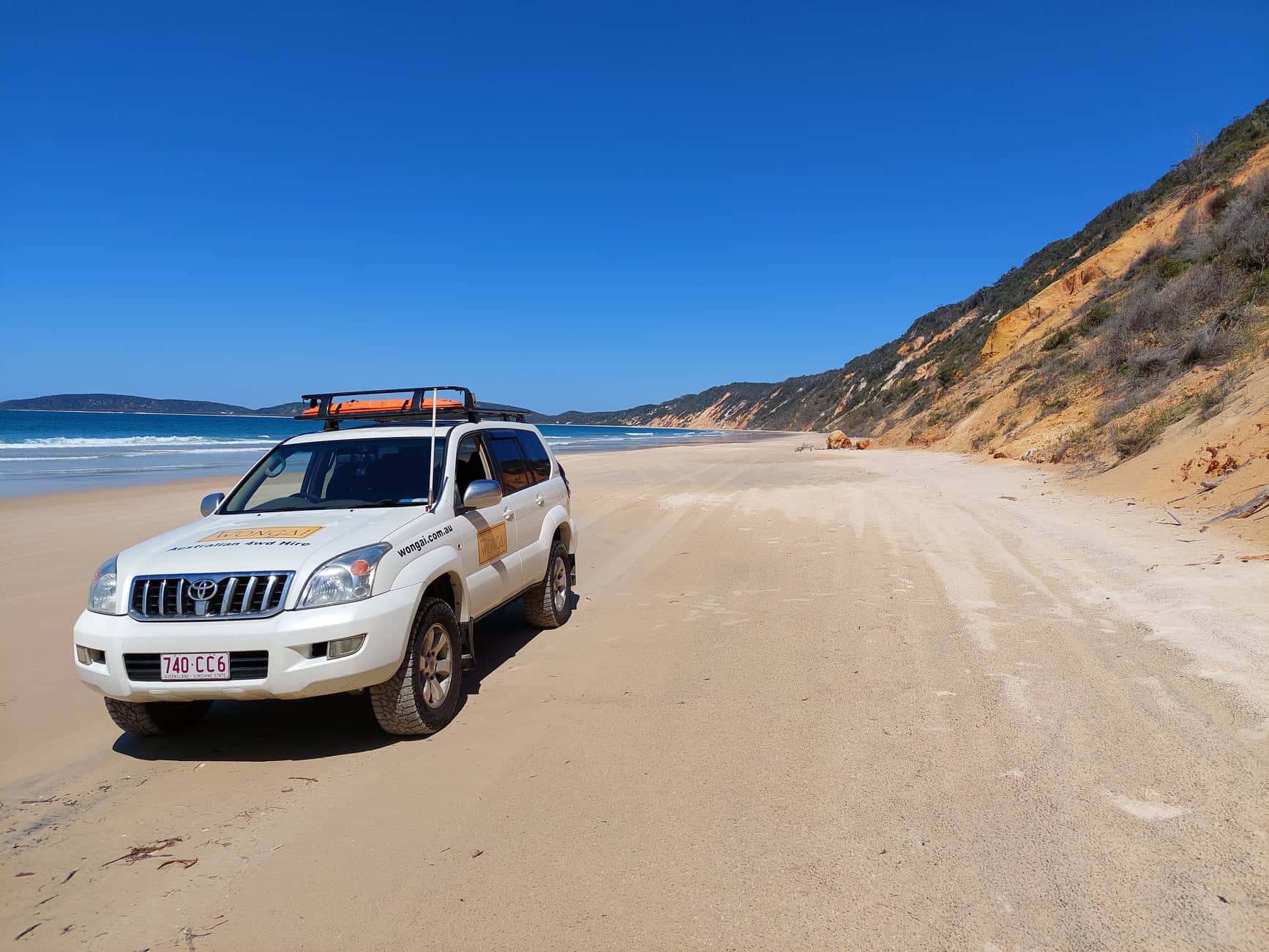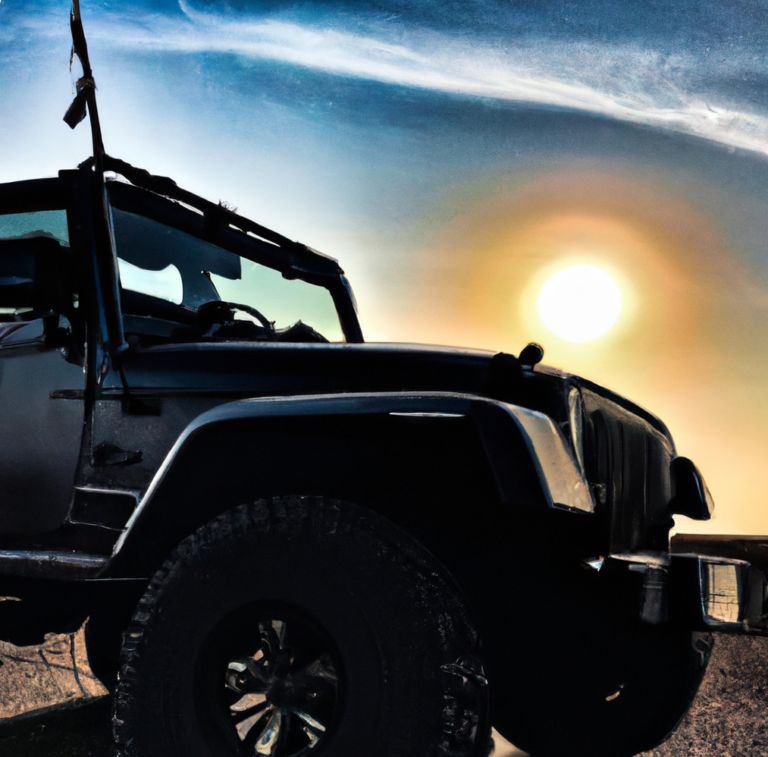Your Ultimate 4WD Touring Checklist for Safe and Stress-Free Adventures
Taking on a remote dirt road, watching the starry skies by a crackling fire – there’s nothing quite like a 4WD trip in Australia. There are too many picturesque spots to explore off the beaten track, so of course you want the freedom to go there! But the thing about “off the beaten track” is that it’s often isolated and a place you’ll need to be prepared for – a place you’ll need to be a certain level of self-sufficient.
Even the most experienced of off-road aficionados get into trouble from time to time – we’ve been there! Thankfully, getting prepared is made much easier with this 25-item checklist – something even the experts will find themselves referring to. It was created by our specialised staff, pooling their unique experiences. From the top tips and first aid kit advice through to the right recovery gear, we’ll give you through
Whether it’s your first trip out yonder or even your fifty-fifth, this curated guide is here to help you pack smart and stay safe.
TL;DR
This is your starter list – it’s not a complete compendium of everything you should pack! Regardless, we’d encourage you to think of the five major categories when you’re packing:
- Recovery gear
- Navigation gear
- Camp gear
- Cooking gear
- Safety and Hygiene gear
Essentials 1–5: Recovery Gear
Because getting stuck is a matter of when, not if. Here’s the recovery gear we recommend as a minimum.
- Snatch strap & rated shackles – The go-to for vehicle-to-vehicle recovery.
These are the absolute essentials of your recovery equipment: learn how to use them and be ready to use them! - Recovery tracks (e.g., Maxtrax) – Get traction when you’re bogged in sand or mud.
Lightweight and portable recovery tracks are a standard addition to any off-roading kit. Don’t leave home without them! - Tyre deflator & air compressor – Essential for managing tyre pressure off-road.
Adjusting tyre pressure based on terrain is an absolute essential – you can risk tyre damage or even suspension damage if you don’t know your way around this tool. - Shovel – Lightweight, foldable, and extremely handy.
If you’ve ever had to dig yourself (or someone else) out of a sticky situation, you can vouch for the absolute value of the humble shovel. There are plenty of lightweight, portable options you can choose to avoid adding extra clutter to your kit. - Rated recovery points – Ensure your 4WD has proper attachment points before you need them.
Check these and your recovery equipment before every trip!
Essentials 6–10: Navigation & Communication
Don’t rely on reception — pack your own plan B.
- GPS or Hema Maps – Offline navigation is critical out bush.
This goes without saying – you’re probably going to be off the grid. You can’t rely on your phone, and you wouldn’t want to. - UHF radio – Stay in contact with convoy mates or get help in remote areas.
Easier than sending a text, you’ll enjoy the old-school feel of these two-way radios (plus, you’ll need them!)
8 Paper map backup – Still the most reliable fallback.
A good old map book is still a good investment – ensure you’ve got them somewhere safe and easy to access.
- Power bank / 12V charger – Keep your gear charged.
You can charge your auxiliary battery while you’re driving with a 12V charger, and save the power bank for your other devices.
- Personal Locator Beacon (PLB) – Your ultimate SOS lifeline.
It might seem excessive, but it won’t when you need it.
Essentials 11–15: Camp Setup & Comfort
A solid camp setup means better rest and less stress. Get a good night’s sleep to avoid off-road rage.
- Swag, rooftop tent, or ground tent – Choose based on space and comfort.
Everyone has their preference, and every 4WD has its capacity. As long as it’s clean and dry, you’ll be fine.
- Sleeping bag & mat – Warm, compact, and suitable for the climate.
Overnight temperatures can be a real pain – be sure to check them when you’re planning your trip. - Camp chair & table – A little comfort goes a long way after a long day.
As long as it’s nice and portable, you’ll be fine. - LED lantern or headlamp – Don’t get caught setting up in the dark.
Don’t rely on the torch on your smartphone – it won’t cut it.
- Awning or tarp setup – Shelter from sun, rain, and the unexpected.
Harsh sun, rain (or even a bit of hail or a dust storm) aren’t unusual in the Australian wilderness.
Essentials 16–20: Cooking & Food Supplies
Eat well, travel better.
- Portable stove or BBQ – Gas, butane or multi-fuel, based on your trip length.
Don’t accidentally put yourself on the raw food diet – keep these stocked.
- 12V fridge or esky – Keep perishables cold and beers icy.
Don’t let room-temperature bevs ruin your trip! - Cookware & utensils – the basics.
Don’t forget a sharp knife and a can opener.
- Drinking water (20–40L min.) – Hydration = non-negotiable.
Humans can’t survive without water. Clean water. Don’t skimp on it!
- Biodegradable soap & dishwashing gear – Clean camp = happy camp.
Don’t forget a dishcloth!
Essentials 21–25: Safety, Tools & Hygiene
These could save your trip — or your life.
- First aid kit – Comprehensive, not just band-aids.
Your first aid kit should always be stocked. Some components can expire, so don’t forget to keep an eye on expiry dates.
- Basic toolkit – Spanners, pliers, duct tape, cable ties—fix it or limp home.
You will find your own important additions over time, but these are the absolute basics. Make sure you keep them all together – there’s nothing worse than grappling for something in the dark and not being able to find it.
- Fire extinguisher – Required in many parks and always a smart precaution.
A 1.5 or 2.5kg dry chemical powder (ABE) extinguisher is a good, versatile recommendation. - Toilet setup – Either a folding shovel or a portable toilet for longer trips.
Do not forget some kind of toilet paper, or you’ll regret it. Don’t say we didn’t warn you.
- Sunscreen & insect repellent – Sunburn and mozzies are no one’s idea of fun.
Apply regularly, top up before each trip. Don’t let the bugs win!
Bonus Items: Honourable Mentions
While they might not be anywhere near as essential as a first aid kit, we’ve compiled a quick list of a few ‘essentials’ and luxuries you might have in your kit. If space allows, you might want to add these to your ultimate 4WD checklist.
- Fishing gear
- Satellite phone
- Extra fuel jerry can
- Entertainment like playing cards or a Bluetooth speaker
- Firewood & marshmallows
The final say
As we mentioned, it’s always a matter of ‘when, not if’. Even the best-laid plans are subject to disruption.
The mark of a good adventurer isn’t never getting into a sticky situation – it’s about being prepared if you do. Big or small, these are the tools that will help you overcome them.
When you choose to take a trip with Wongai, we can provide much of the equipment above – you’ll find that plenty of it even comes included! While this is a solid start, this isn’t a complete list. Chat to other adventurers, talk to us – take on the open road yourself and see what tips and tricks you find along the way. These are just the most essential of the 4WD essentials. Let us know, what else would you add?


